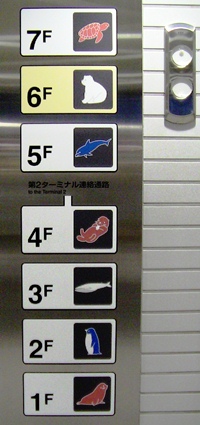Congratulations! You’ve been granted 15 minutes to argue your case. All you need to do now is write and deliver a persuasive presentation.
Fortunately, writing a presentation is easy. All you have to do is think about your subject and write down the words that come to mind, start a new paragraph for each new point and stop when you reach the end of your thoughts.
When you finish typing 15 minutes worth, for most people around 1800-2000 words, you’re done. You’ve reached the level of the average speaker; even surpassed the many that don’t bother to write anything down at all.
Writing a good presentation is harder. You have to first think about what you are trying to achieve and what message you want the audience to remember. You have to build your argument around that message, support your positions with facts, figures and anecdotes and shape a logical flow to the ideas that makes them easy to follow. Then you have to craft an opening that will get the audience’s attention and prepare them to hear and accept that message and an ending that will sum up your argument in a compelling and memorable way and direct the audience to do what you want.
A speaker with a compelling message, a well thought out and supported argument and a clear, logical structure is already so far ahead of the game that it’s tempting to stop there.
But why stop at good? Why not go for great?
Writing a great presentation can be excruciatingly difficult. It’s not about what you add to the speech, at that point, but rather what you take away. It’s the stripping away of every paragraph, every sentence, every word that doesn’t contribute directly to the clear communication of your message.
“Killing your babies”, as it is often called, usually involves deleting all of the parts of your speech you like most; the funny stories, the intriguing statistics and the fascinating digressions that feel like the best-written, most entertaining parts. They are usually the parts that you spent the most time working on too and it hurts to kill them, but it’s absolutely necessary.
In the words of Strunk and White, “Vigorous writing is concise. A sentence should contain no unnecessary words, a paragraph no unnecessary sentences, for the same reason that a drawing should have no unnecessary lines and a machine no unnecessary parts.”
I would add that a presentation should contain no unnecessary paragraphs, stories, examples, slides or data, either. Keep going back to the purpose of your presentation for guidance and cut, rewrite and tighten until there is absolutely nothing else you do to make it shorter and have it still make sense.
What’s left should have all the cold, hard beauty of a high performance sports car or jet fighter, engineered for speed, strength and control, and nothing else.
The crisp, clear simplicity of the structure is what makes it easy to remember when you are on stage. It gives you a solid framework to work from should you need to improvise or adjust to circumstances. It gives you a rock solid base to return to, should you get sidetracked.
So if you did your job right, you should go on stage or stand up in the meeting with 10 lean, mean, persuasive minutes of material; not even enough to fill your 15 minute time slot. That’s what you want.
Now there’s no need to rush. You can speak with the measured pace of authority. You can take the time to pause, to let them think about what you are about to say or reflect on what you said. You can field questions from the boss or client. You can digress to explain a fundamental concept.
You can take your time, relax and speak like the confident, competent professional that you are.
{ 1 comment }







